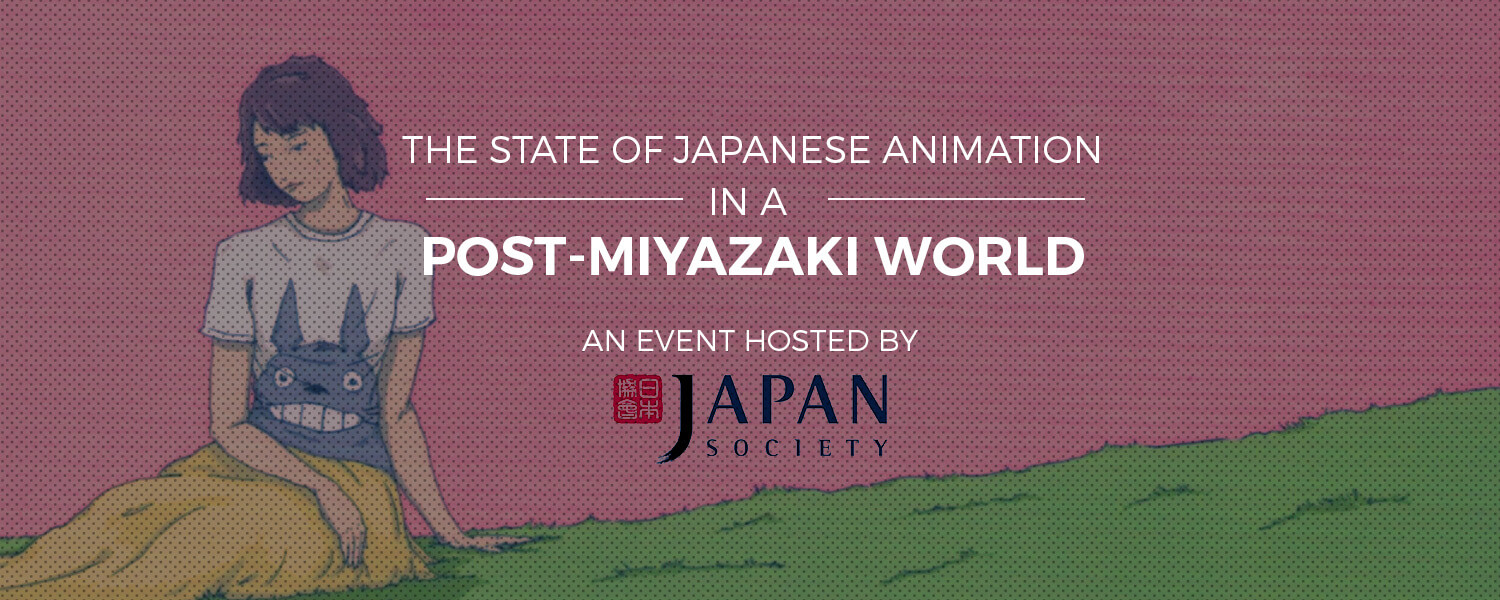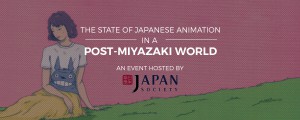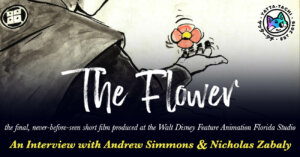On April 6, a talk was held at Japan Society in New York called “The State of Japanese Animation in a Post-Miyazaki World.” The discussion was held between Dai Sato and Justin Leach. Dai Sato is primarily a scriptwriter, having penned episodes for Samurai Champloo, Cowboy Bebop, and Space Dandy, as well as the creator of the original Eureka Seven series. Justin Leach helped create the CG used in Innocence: Ghost in the Shell 2 as well as the animation sequences for Kill Bill. He also was the first person to successfully produce a Japanese anime using Kickstarter, that anime being Kick-Heart. He’s the Associate Producer for Under the Dog, the highest funded animation project on Kickstarter thus far, which is also being released this year.
Dai Sato – The Rise of 2.5D Animation
Dai Sato began his portion of the talk by stating that its title was “too heavy” for him to discuss so directly. Instead, he gave his thoughts on where he feels the industry is headed via animation itself: that is, towards a more “2.5D look.” 2.5D is an aesthetic that exists between 2D and 3D. Towards the beginning of CG’s use in anime, the 3D was relegated to animating robots or the background, meaning the characters themselves were still 2D images that were placed alongside or in front of these things. However, with more experience using CG, there’s been an increase in creating 2.5D works, in which everything is rendered in CG. One such example is the show Knights of Sidonia from 2015.
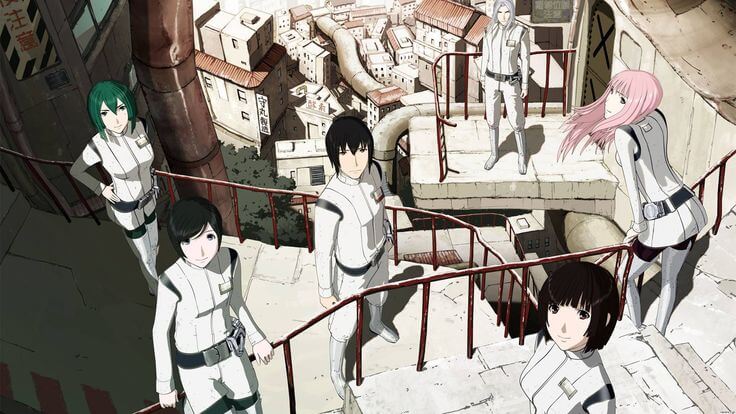
One of the goals of creating 2.5D shows, and the basis for their name, is to translate 2D designs into 3D: that is, to make everything in 3D while still retaining the look that is so often associated with anime. In the case of Knights of Sidonia, a major goal was to successfully render the art style found in the manga. On this point, Polygon Pictures, the studio behind it, succeeded, translating the character and world designs into 3D and using a muted color scheme that closely resembled the manga. While using this method of animation wasn’t considered a good choice for a television show due to the expense, the first season did well enough to spawn both a movie and a second season. Ajin, another show done by Polygon Pictures, follows in Sidonia‘s footsteps, utilizing a 2.5D look. One of the issues with 2.5D that Dai Sato brought up was the uncanny valley effect, causing the characters’ facial expressions to look rather odd at times. He noted that this tends to happen when trying to render more “moe” looks into 3D, though I would say it also happens frequently when trying to render more outlandish anime expressions. Unfortunately for Knights of Sidonia, it wasn’t able to completely escape the effect. However, a show from last season rendered with a 2.5D look, Bubuki Buranki, had better success with capturing the wide range of facial expressions found in anime and manga. Done by Sanzigen, it is considered another successful attempt at incorporating anime’s 2D elements into 3D.
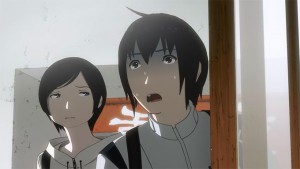

One of the first projects Dai Sato considered a success for using a 2.5D aesthetic was the film Expelled from Paradise. One of the goals studios have tried to pursue by creating 3D characters is “to make girls with big eyes cute.” One of anime’s most recognizable features is having characters with large, expressive eyes, and such eyes tend to appear on young female characters. Another goal was to successfully render round curves: in the past, efforts to do so were deemed “creepy-looking” and were avoided in favor of more angled designs. With the creation of Expelled from Paradise, not only was the creation of large, expressive eyes achieved, but the rounder design of main character Angela Balzac’s mecha looked better than previous attempts. Dai Sato came up with a theory for these achievements, though it’s one that hasn’t been confirmed: he believes the inspiration came from the designs of figurines. Essentially, figures are 3D renderings of 2D characters and designs, yet they have repeatedly been able to recreate the cute aesthetic and round lines of the characters without coming off as odd-looking. Despite the lack of confirmation, it seems like a rather solid theory.
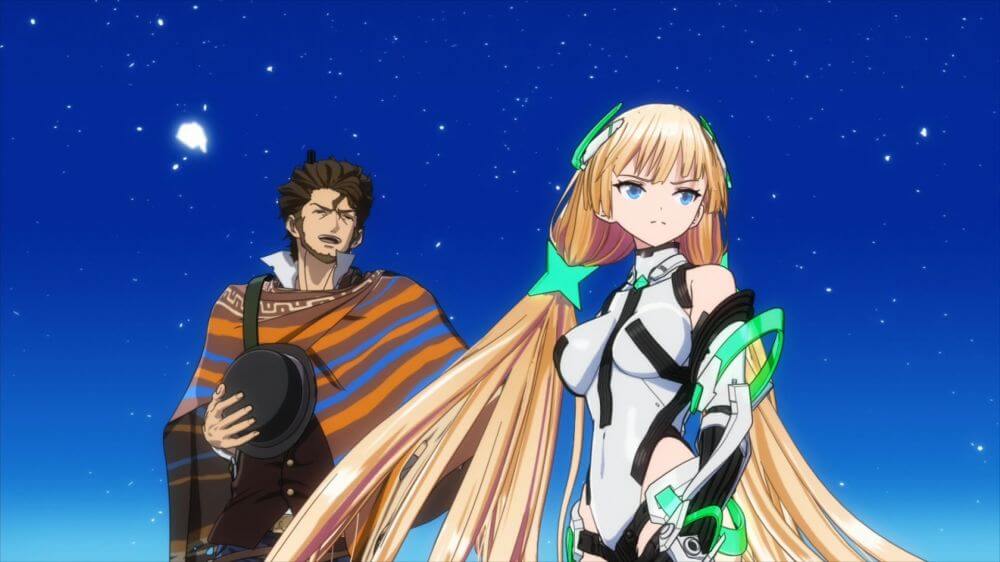
An interesting parallel that Dai Sato brought up is how the “Itano Circus of Variations” has been animated over the years. The “Itano Circus” refers to the way missiles fly. In anime’s earlier years, there wasn’t any smoke that followed a missile’s trajectory. Ichiro Itano revolutionized the way action scenes were depicted when he began working on shows in the early 1980s. Space Runaway Ideon and Super Dimension Fortress Macross were the first shows to incorporate this method. By being able to see the trajectory, the animators were able to create a sense of depth that represented a 3D space. The release of Macross Zero saw a shift to combining traditional animation with computer animation. The smoke for the missiles was rendered in 3D but then Itano would trace over the smoke in the cells, creating a combination 2D/3D effect. Yasushi Muraki, a disciple of Itano, worked on Eureka Seven and hand-drew the “Circus” effect, reaching the pinnacle for an illusion of depth in 2D. Expelled from Paradise also featured Itano’s technique, this time as a pure 3D entity, rather than being traced over. The video below is a large compilation of Itano’s technique across many shows released over the years. The beginning of the video until the 3:30 mark covers his early work through Macross Zero, and at about 12 minutes into the video, you can see how it was used in Eureka Seven.
While Dai Sato felt that the use of CG would continue to be popular post-Miyazaki, he expressed that motivation for its use was about having the 2D look, rather than making it reflect reality. In essence, he thought its aim was to be “cool and cute.” He mentioned that Miyazaki’s works have had cute girls and cool battle scenes in them. He brought up Nausicaä of the Valley of the Wind, which had Hideaki Anno as an animator. He, of course, went on to create Neon Genesis Evangelion, another show known for its female characters and its action. Staff from both Evangelion and Studio Ghibli then helped produce Eureka Seven at Bones, with the intent of reaching the height of 2D. Even though he thought 2.5D would become increasingly popular post-Miyazaki, he did also mention that there’d still be plenty of 2D productions. The main intent for those works would be the “liberation of moving images.” In other words, 2D might be used more for the purpose of creating incredibly imaginative works of animation that stretch beyond the boundaries of what reality holds. Space Dandy is a prime example of that: the scene in the GIF below was written by Dai Sato, but as work on it progressed, more and more was added to it. It became a collaborative work of expression, stretching what the team could achieve with characters that could go anywhere and potentially do anything. He also brought up One Punch Man, sighting it as a work that shows “hand-drawn heroes in a Japanese way.” Both of these shows have definitive intentions, and that, along with the particular budget and animators a show has, will define what methods are used to create new animated productions.
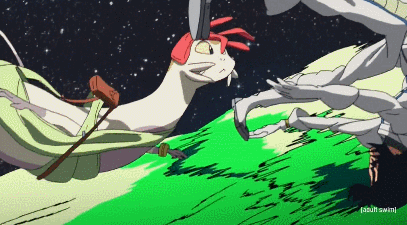
Justin Leach – Collaboration Within and Abroad
While Dai Sato’s presentation focused heavily on how the animation will move forward in a post-Miyazaki industry, Justin Leach looked at the topic from a producer’s perspective. He noted that older studios like Production I.G., Madhouse, and Bones were still doing rather well, and newer studios like Mappa and Wit were gaining ground in the industry. One thing he brought up was the potential for new methods of distributing anime. Places like Niconico could be a way studios distribute content, and an increased use of crowd-funding websites was also a possibility since it has worked well in the past for Kick-Heart and Under the Dog, both of which Justin was involved in. Another likely trend is to see more collaboration occur with both foreign creators and foreign studios. Justin brought up Dice Tsutsumi, who previously worked as an art director for Pixar. He co-directed a short animated film called The Dam Keeper, and from there, co-founded the studio Tonko House in San Francisco. Justin hinted at a collaboration between Tonko House and Studio Anima, which is based in Japan.
Justin mentioned two more examples. One was a fan animation done by Ilya Kuvshinov. Using art from the manga Sing “Yesterday” for Me by Kei Toume as a basis, Ilya storyboarded and painted all of the scenes in her tribute video. Another example brought up was Natasha Allegri, a storyboard artist and revisionist who’s worked on Adventure Time. She has gained quite the fan base in Japan, potentially for her creation of characters Fiona and Cake for Adventure Time, or perhaps for her animated short Bee and Puppycat, which led to a successful Kickstarter campaign for a full series. While he didn’t say either of them had collaborative projects in the works, his examples highlight that there is both a foreign interest in Japanese animation, and, likewise, there’s a Japanese interest in foreign animated works, both beyond the fare of Studio Ghibli and Disney or Dreamworks.
One point that people bring up when thinking about the anime industry post-Miyazaki is “who’s next?” While Justin mentioned that both Makoto Shinkai and Maasaki Yuasa have been producing creatively-rich projects for quite some time, he was interested in Hiroyasu Ishida; Justin felt that his work had the “spirit of the Ghibli films,” capturing the quiet moments as well as the lighter, more magical ones. Two shorts done by Hiroyasu Ishida include Rain Town and Poulette’s Chair, the latter of which was made to celebrate 10 years of the anime block Noitamina.
Finally, Justin agreed with Dai Sato about the increased use of CG in anime, with Polygon Pictures at the forefront and Sanzigen and Graphinica also emerging onto the scene. Both Justin and Dai Sato brought up Japan Animator Expo as a great outlet for animators to create whatever strikes their fancy, furthering the possibilities for visual imagination as well as showcasing the talents of many creators, from those new to the industry to those who’ve been involved in it for years.
Is Anime “Too Pop”?
At the end of their presentations, questions were taken from the audience. One question was whether anime was becoming “too pop” in recent years and if there was still room for serious shows like those produced in the 1980s. Dai Sato brought up the point that anime marketed outside of Japan at that time were very serious in nature. Meanwhile, in Japan there already were works that were more “pop.” He thought that the current trend was to merge the two; an example he gave was Madoka Magica. It has a “pop,” or colorful and cute, aesthetic, but its story is rather serious in nature. Justin Leach brought up that the business side of the anime industry makes that task a bit of a challenge. He argued that studios would have to find a way to produce more things like those classics. He mentioned that Production I.G. offsets the risk of some of their works by creating things that have more popular elements to them.
In the end, it seems that, while Miyazaki can’t easily be replaced, there are plenty of talented creators still working in the industry. With all of the changes anime has seen since the early days of Studio Ghibli, there’s probably plenty to look forward to. While some titles may not reach for the height of what anime can be, there’s still plenty of potential for ground-breaking productions to be made.
Big thank you to our supporters
From their continous support, we are able to pay our team for their time and hard work on the site.
We have a Thank-You page dedicated to those who help us continue the work that we’ve been doing.
See our thank you page